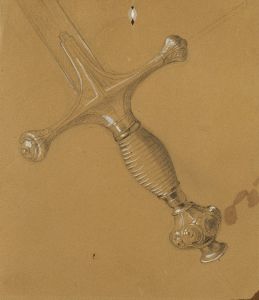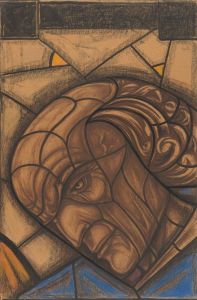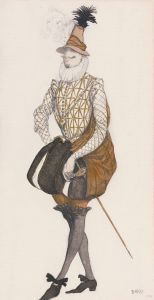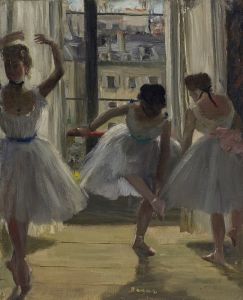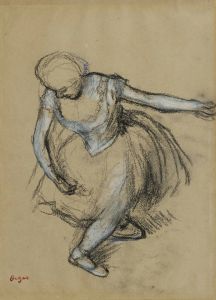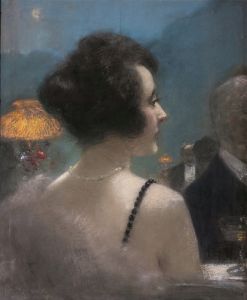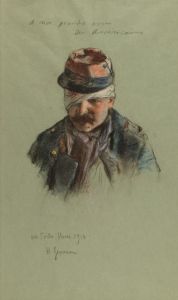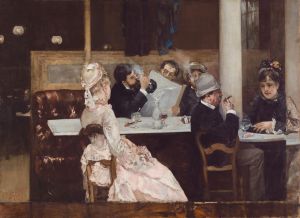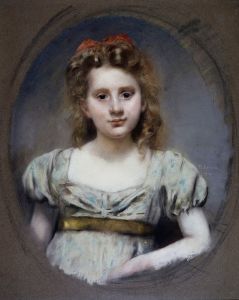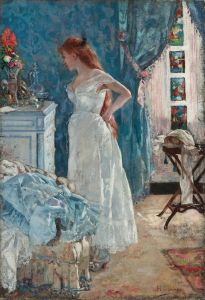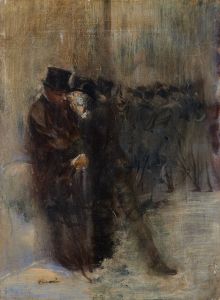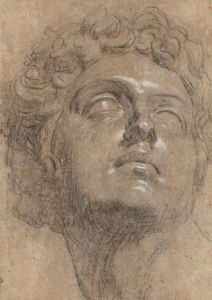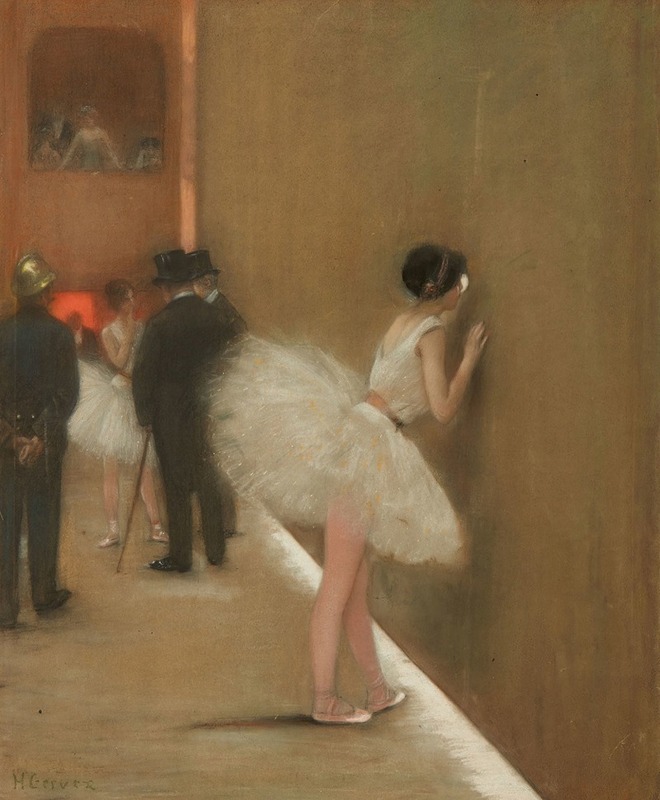
Behind the curtain at the ballet
A hand-painted replica of Henri Gervex’s masterpiece Behind the curtain at the ballet, meticulously crafted by professional artists to capture the true essence of the original. Each piece is created with museum-quality canvas and rare mineral pigments, carefully painted by experienced artists with delicate brushstrokes and rich, layered colors to perfectly recreate the texture of the original artwork. Unlike machine-printed reproductions, this hand-painted version brings the painting to life, infused with the artist’s emotions and skill in every stroke. Whether for personal collection or home decoration, it instantly elevates the artistic atmosphere of any space.
Henri Gervex's painting "Behind the Curtain at the Ballet" is a notable work by the French artist, who was renowned for his contributions to late 19th-century art. Gervex, born in Paris in 1852, was a prominent figure in the French art scene, known for his genre scenes, portraits, and historical paintings. He studied under Alexandre Cabanel and was influenced by the Impressionists, although his style remained more aligned with academic traditions.
"Behind the Curtain at the Ballet" captures a moment in the world of ballet, a subject that fascinated many artists of the time, including Edgar Degas. While Degas often focused on the dancers themselves, Gervex's painting provides a glimpse into the behind-the-scenes world of the ballet, offering viewers a different perspective on the theatrical experience. This approach reflects a broader interest in the unseen aspects of performance and the lives of performers, a theme that resonated with the public and art patrons of the era.
The painting is characterized by its attention to detail and the use of light and shadow to create a sense of depth and realism. Gervex's skillful use of color and composition draws the viewer's eye across the canvas, inviting them to explore the various elements of the scene. The depiction of figures in motion and the careful rendering of fabrics and textures demonstrate Gervex's technical proficiency and his ability to capture the dynamism of the moment.
Gervex's work often explored themes of modern life and leisure, and "Behind the Curtain at the Ballet" fits within this context. The painting not only highlights the elegance and grace associated with ballet but also hints at the effort and discipline required behind the scenes. This duality is a recurring motif in Gervex's oeuvre, where he frequently juxtaposed the public and private aspects of contemporary life.
The painting is part of Gervex's broader exploration of Parisian society and culture during the Belle Époque, a period marked by artistic innovation and a flourishing of the arts. His works from this time reflect the vibrancy and complexity of urban life, capturing both its glamour and its underlying tensions.
While specific details about the provenance and current location of "Behind the Curtain at the Ballet" are not widely documented, Gervex's paintings are held in various public and private collections around the world. His work continues to be studied and appreciated for its contribution to the development of modern art and its reflection of the social and cultural dynamics of his time.
Henri Gervex passed away in 1929, leaving behind a legacy of artworks that offer insight into the artistic and social currents of late 19th and early 20th-century France. "Behind the Curtain at the Ballet" remains a testament to his skill as a painter and his keen observation of the world around him.





